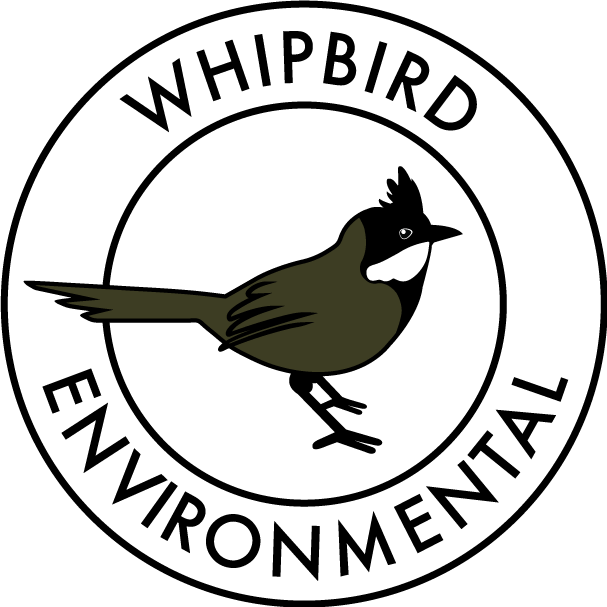Eustrephus latifolius (Wombat Berry) Australian Native Plant Profile
Wombat Berry flower
Description
Eustrephus latifolius or Wombat Berry is a hardy vine to 6m. It has a graceful habit with ornamental leaves and lovely pinkish-white flowers and bright orange berry when in fruit.
Growing Conditions
Wombat Berry is quite widespread and grows in many different vegetation communities although it is primarily found on rainforest margins and woodlands it can often be found growing in heath and coastal systems in the hind dunes and occasionally headlands and grows across multiple soil types.
Habitat Value
Eustrephus latifolius has excellent habitat value. While the plant itself can provide some cover and protection, its main draw for wildlife are the flowers, fruits and tubers. Flowering happens over spring and summer and is a great seasonal boost to nectar stores in an area, they are followed by orange fruits which many bird species enjoy. The tubers are also an important food source for creatures like wombats and other mammals.
Uses
Environmentally speaking Wombat Berry has potential for inclusion within multiple revegetation projects from rainforest to woodland and even in some coastal areas. Its biggest drawback is that it is a, not overly vigorous, vine. Vines and scrambling plants barring a few exceptions are generally not included in revegetation projects due to the difficulty in maintenance and the unintended consequences of smothering other planted seedlings. Where Eustrephus latifolius would come in handy is in a biodiversity boost to a semi established revegetation project or degraded remnant area that already has good tree and shrub growth but lacks diversity in species.
In the garden on the other hand Wombat Berry has many uses. Grown as a background filler plant along a wall or fence where the goal isn’t to cover up but to accent wombat berry would perform very well as it is unlikely to take over a space. It can also look nice in hanging baskets or used to sprawl through native grasses and fill in narrow gaps.
Propagation
Propagation is easiest from seed. Each fruit contains many seeds. Remove the seeds from the fruit before sowing, fresh seeds will have the best results.
You might also like:
Acacia terminalis (Sunshine Wattle)
Plectranthus graveolens (Bush Basil)
Further Reading
https://finder.growingillawarranatives.org/plants/plant/229
https://plantnet.rbgsyd.nsw.gov.au/cgi-bin/NSWfl.pl?page=nswfl&lvl=sp&name=Eustrephus~latifolius

